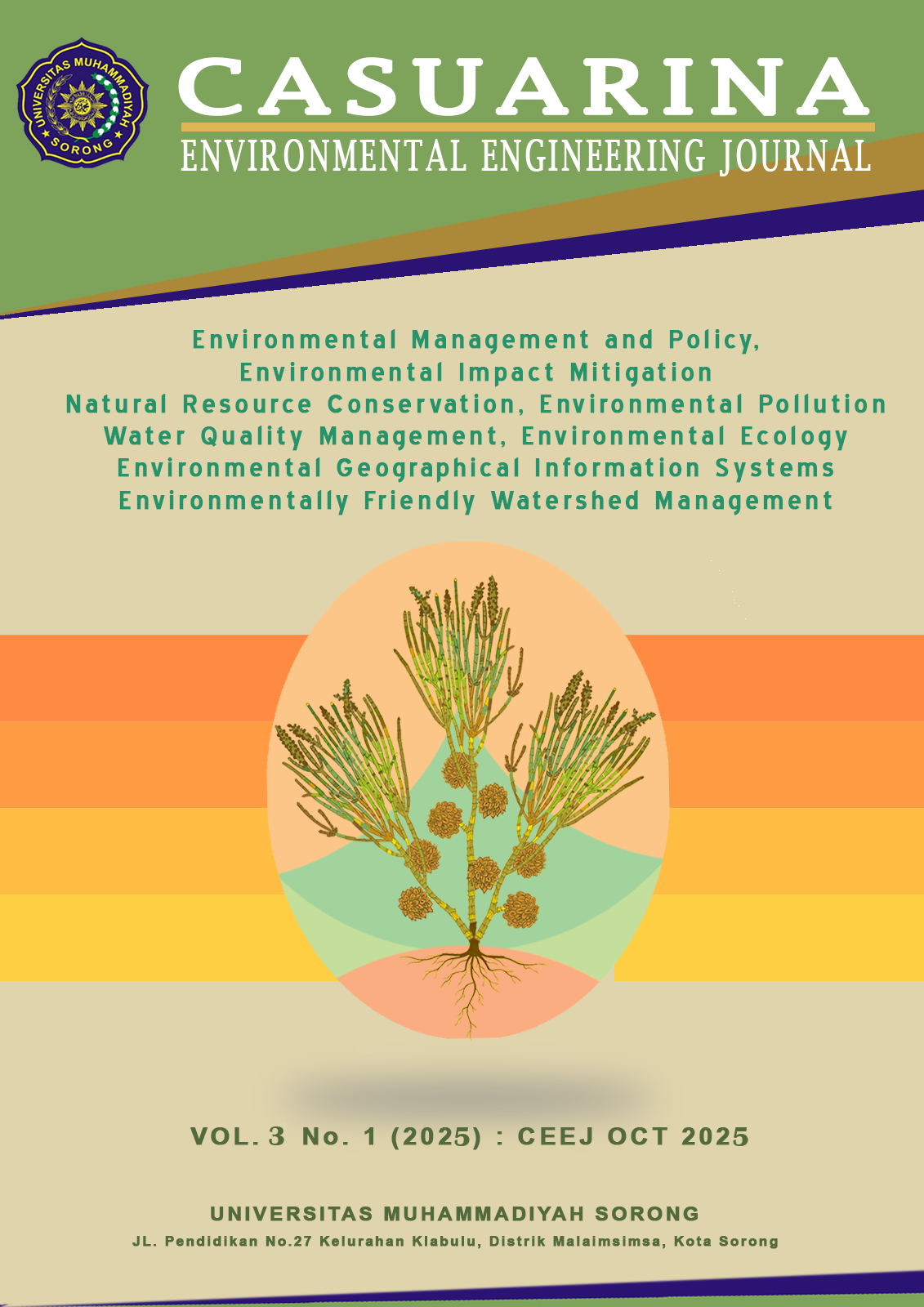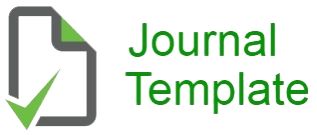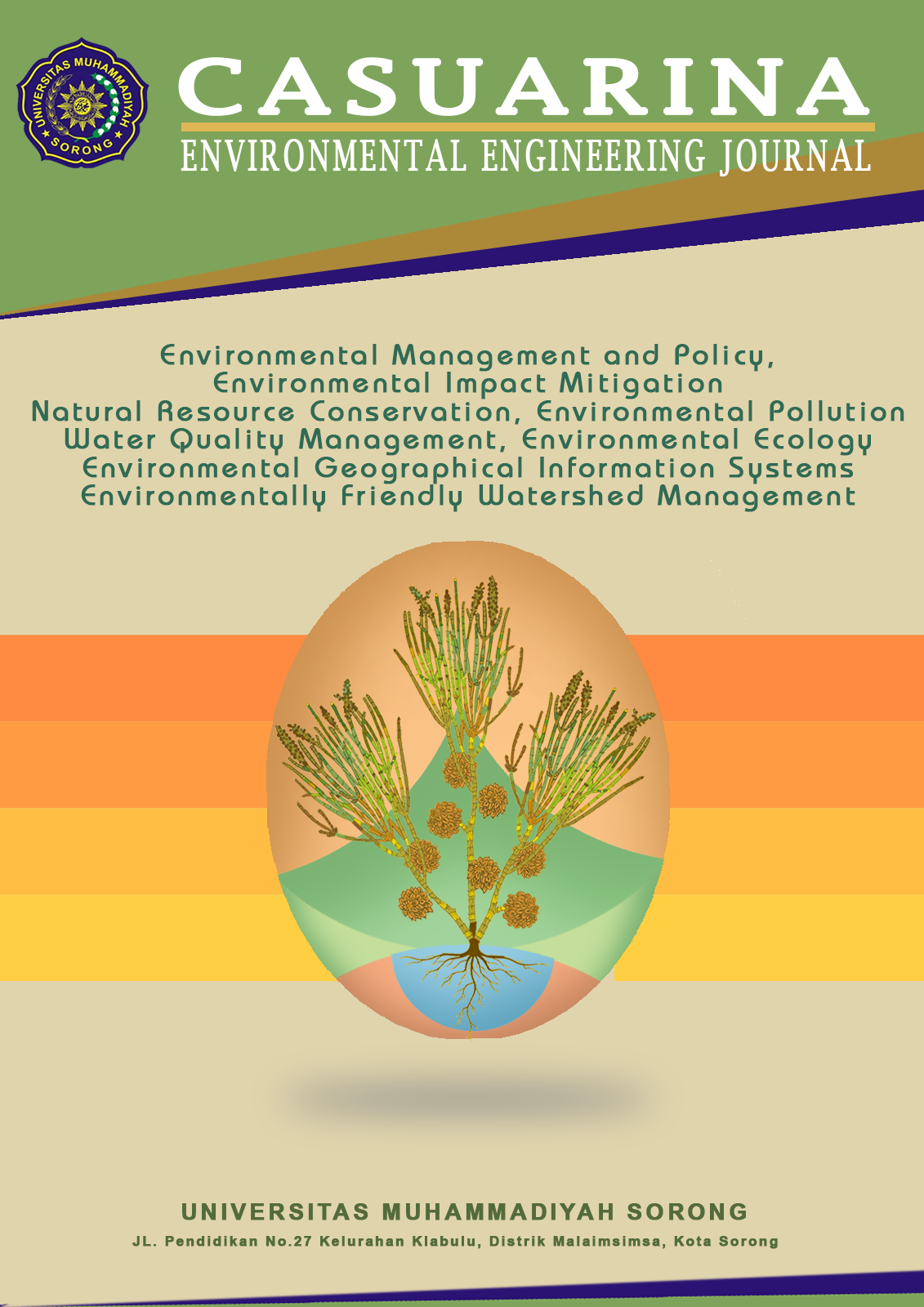Peran UNICEF Membangun Masa Depan Yang Sehat Melalui Air Bersih
Bahasa Indonesia
DOI:
https://doi.org/10.33506/ceej.v3i1.4417Keywords:
Masalah Air di India, Sanitasi, UNICEF, Program WASHAbstract
UNICEF secara alamiah membuat referensi pada situasi masalah udara dan sanitasi yang mengganggu dan menjadikan aman masyarakat di India sebagai organisasi yang membantu membangun perlindungan bagi masyarakat dan juga memandang hal ini sebagai suatu keharusan. Tujuan dari Penelitian ini adalah untuk berkontribusi UNICEF dalam upaya program WASH (Water, Sanitation, and Hygiene) untuk mengatasi masalah udara dan sanitasi di India. Dengan menggunakan penelitian kepustakaan, metodologi penelitian kualitatif deskriptif diterapkan. Hasil penelitian menunjukkan bahwa UNICEF telah melakukan berbagai upaya luas untuk memastikan pelaksanaannya program WASH secara optimal, termasuk dukungannya terhadap sektor pendidikan. Selain itu, UNICEF berperan penting sebagai wadah kolaborasi, komunikasi, dan pengembangan perencanaan serta pelaksanaan program bersama. Diskusi yang diselenggarakan oleh UNICEF bersama LIXIL, UNILEVER, dan Xylem menghasilkan beberapa solusi untuk mengatasi kekurangan dalam pelaksanaan program MENCUCI. Selain itu, UNICEF juga bertindak sebagai aktor independen yang mengembangkan program dan kemitraan untuk menangani isu sanitasi dan udara di India. Terlihat jelas bahwa berbagai konsep kebijakan didasarkan pada kerangka kerja yang dibuat oleh UNICEF sendiri tanpa tekanan dari pihak lain. Dalam praktiknya, UNICEF berhasil menghalangi kebijakan para anggotanya agar fokus pada kelangsungan hidup anak-anak, khususnya terkait akses terhadap air bersih dan sanitasi.
References
1. file:///C:/Users/Hype%20GLK/Pictures/Pertanyaan%20umum%20_%20UNICEF%20Indonesia.htm
2. BAB I Draft Skripsi Khabibul Musta'in Harryanto (1910853021).pdf
3. Mewujudkan Kampung Bebas BAB Sembarangan | UNICEF Indonesia
Downloads
Published
How to Cite
Issue
Section
License
Copyright (c) 2025 Casuarina: Environmental Engineering Journal

This work is licensed under a Creative Commons Attribution-NonCommercial-ShareAlike 4.0 International License.
Please find the rights and licenses in Casuarina: Environmental Engineering Journal. By submitting the article/manuscript of the article, the author(s) agree with this policy. No specific document sign-off is required.
1. License
The non-commercial use of the article will be governed by the Creative Commons Attribution license as currently displayed on Creative Commons Attribution-NonCommercial-ShareAlike 4.0 International License.
2. Author(s)' Warranties
The author warrants that the article is original, written by the stated author(s), has not been published before, contains no unlawful statements, does not infringe the rights of others, is subject to copyright that is vested exclusively in the author, and free of any third party rights, and that any necessary written permissions to quote from other sources have been obtained by the author(s).
3. User/Public Rights
Casuarina: Environmental Engineering Journal's spirit is to disseminate articles published are as free as possible. Under the Creative Commons license, Casuarina: Environmental Engineering Journal permits users to copy, distribute, display, and perform the work for non-commercial purposes only. Users will also need to attribute authors and Casuarina: Environmental Engineering Journal on distributing works in the journal and other media of publications. Unless otherwise stated, the authors are public entities as soon as their articles got published.
4. Rights of Authors
Authors retain all their rights to the published works, such as (but not limited to) the following rights;
- Copyright and other proprietary rights relating to the article, such as patent rights,
- The right to use the substance of the article in own future works, including lectures and books,
- The right to reproduce the article for own purposes,
- The right to self-archive the article (please read our deposit policy),
- The right to enter into separate, additional contractual arrangements for the non-exclusive distribution of the article's published version (e.g., post it to an institutional repository or publish it in a book), with an acknowledgment of its initial publication in this journal (Casuarina: Environmental Engineering Journal).
5. Co-Authorship
If the article was jointly prepared by more than one author, any authors submitting the manuscript warrants that he/she has been authorized by all co-authors to be agreed on this copyright and license notice (agreement) on their behalf, and agrees to inform his/her co-authors of the terms of this policy. Sentralisasi will not be held liable for anything that may arise due to the author(s) internal dispute. Sentralisasi will only communicate with the corresponding author.
6. Royalties
Being an open accessed journal and disseminating articles for free under the Creative Commons license term mentioned, author(s) aware that Casuarina: Environmental Engineering Journal entitles the author(s) to no royalties or other fees.
7. Miscellaneous
Casuarina: Environmental Engineering Journal will publish the article (or have it published) in the journal if the article editorial process is successfully completed. Casuarina: Environmental Engineering Journal's editors may modify the article to a style of punctuation, spelling, capitalization, referencing, and usage that deems appropriate. The author acknowledges that the article may be published so that it will be publicly accessible and such access will be free of charge for the readers as mentioned in point 3.








